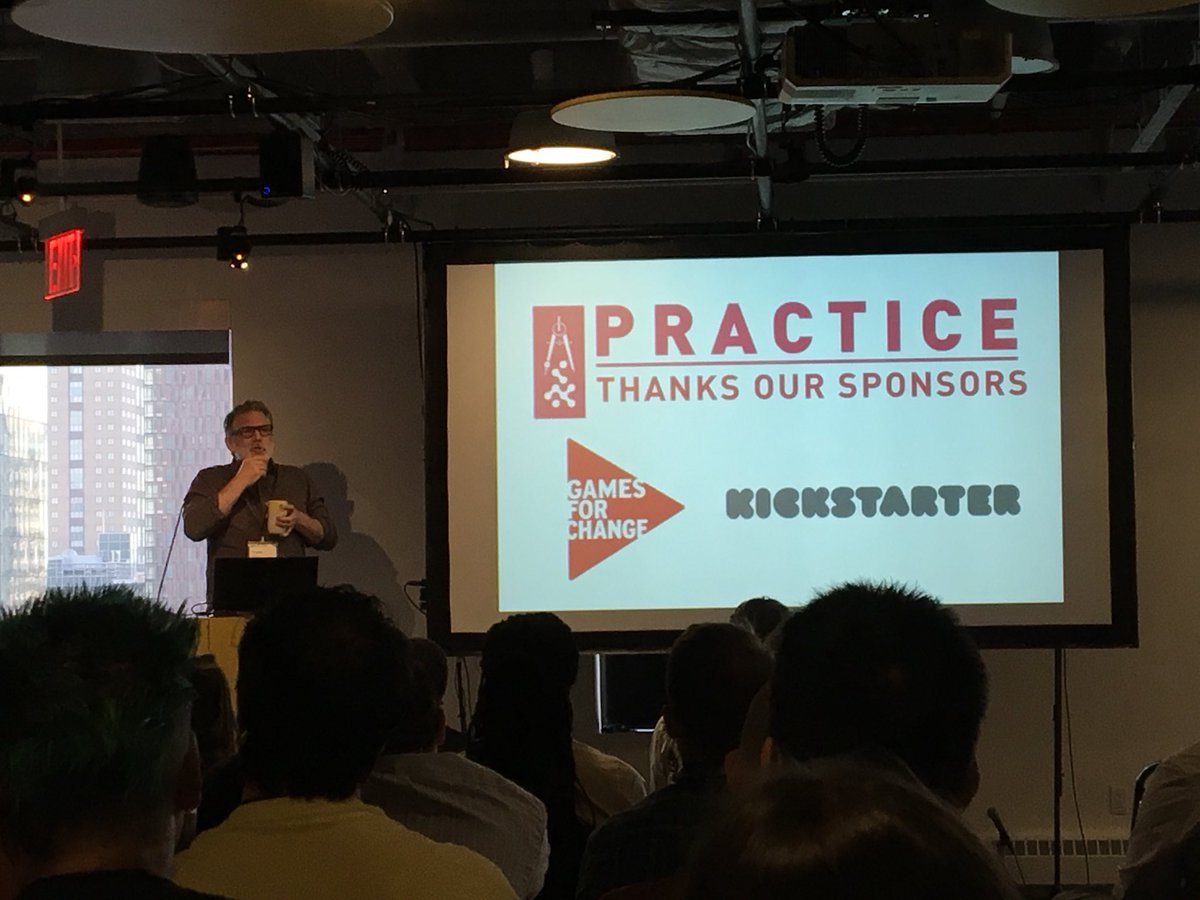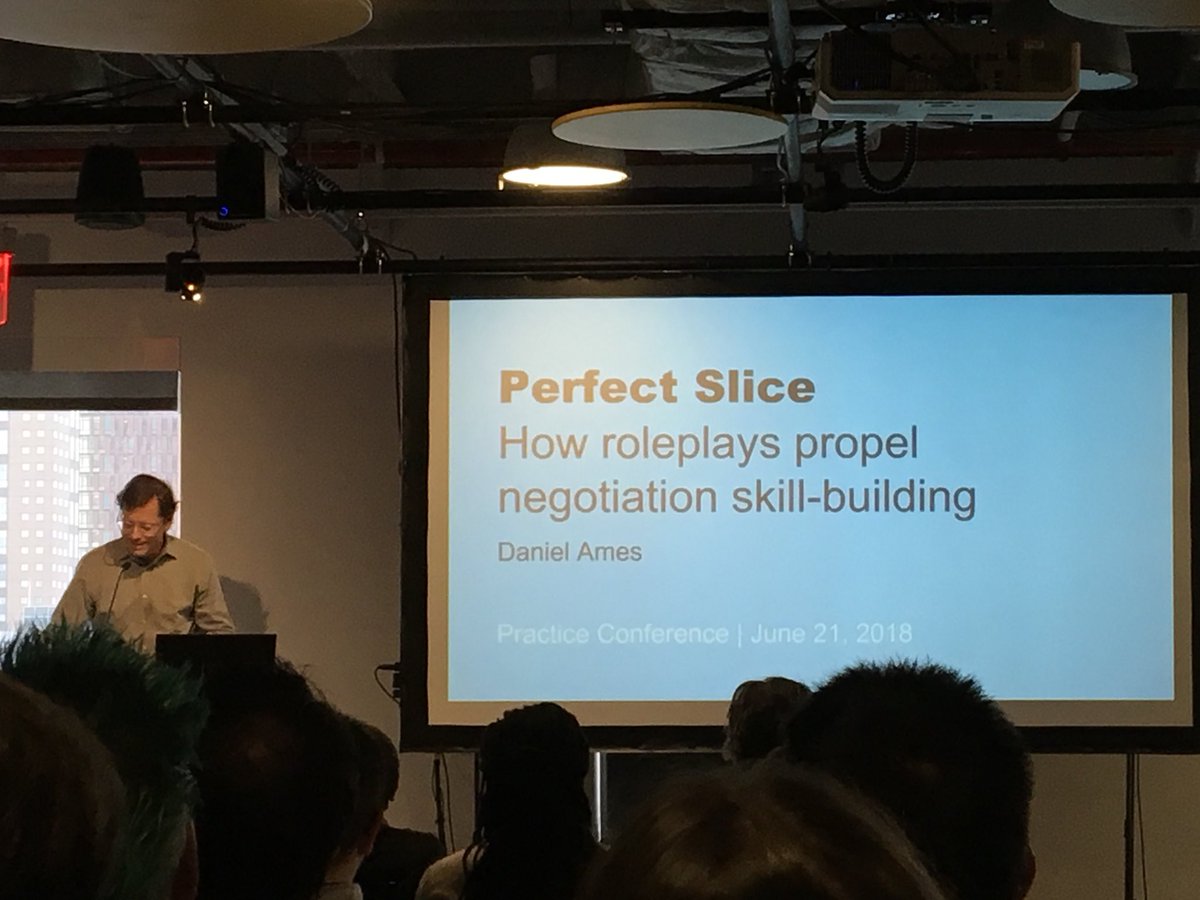Liz Jackson — Engaging in disability as a creative practice
#UXAustralia #UXA2019 #uxa19
Maybe some faith in humanity?
If your blind you may say this add makes you feel a little different, exploited. But it has no audio. So it's not for them. So who's it for?
The add was launched on world cerebral palsey — Nike 'surprised' Justin with a contract.
They told everyone that he didn't deserve the same professional contract signing abled athletes do.
Again, not made for disabled folk
The group of disabled gamers hacked and built accessible controllers.
That's not the story Microsoft rolled out in their media and further marginalised disabled gamers.
The more true words a disabled person spoke the less credible it was perceived.
The things disabled people fight for and create are consistently turned into 'an empathetic thing done for them'
In co-design the institutions decide when and how disabled people participate.
In WITH disabled people insert them self in a process.
This is to stop the exploitation of disabled innovators.
Disabled people need you to interrogate the things that you hold up as wholesome.
Much good has come from design thinking but it has fuelled that disabled people are receipients of not drivers of design.
It's been around since 1909 and is derived from a German word.
When a person goes into a museum and encounters a piece of art, people are physically moved by works of greatness.
This then evolved into pity.
— The empathiser becomes the centre of the conversation
2. Prescribes emotions
3. Silences the recipient
Design thinking credits the thinker.
We are taught to empathise, to think of.
We are actually being taught to Think For.
Suddenly we are arbitures of what is good.
Who gets to be the thinker
Are they actually doing the thinking or do they just get the credit
They would be in the communities doing what they could but they were not pumped together.
Forced out because they could not complete a wrote task for profit.
Disability is a creative practice, not compliance.
It's not just disabled people who aren't able to access the things they need.
If you start making disability studies a part of all design schools when students graduate they won't think they're designing for, they design with
Liz was telling a story about visiting an accessibility lab which was likely a cleared out closet.
We don't.
Sometimes they just need to exist.








